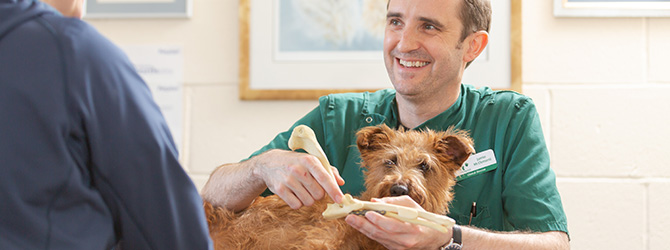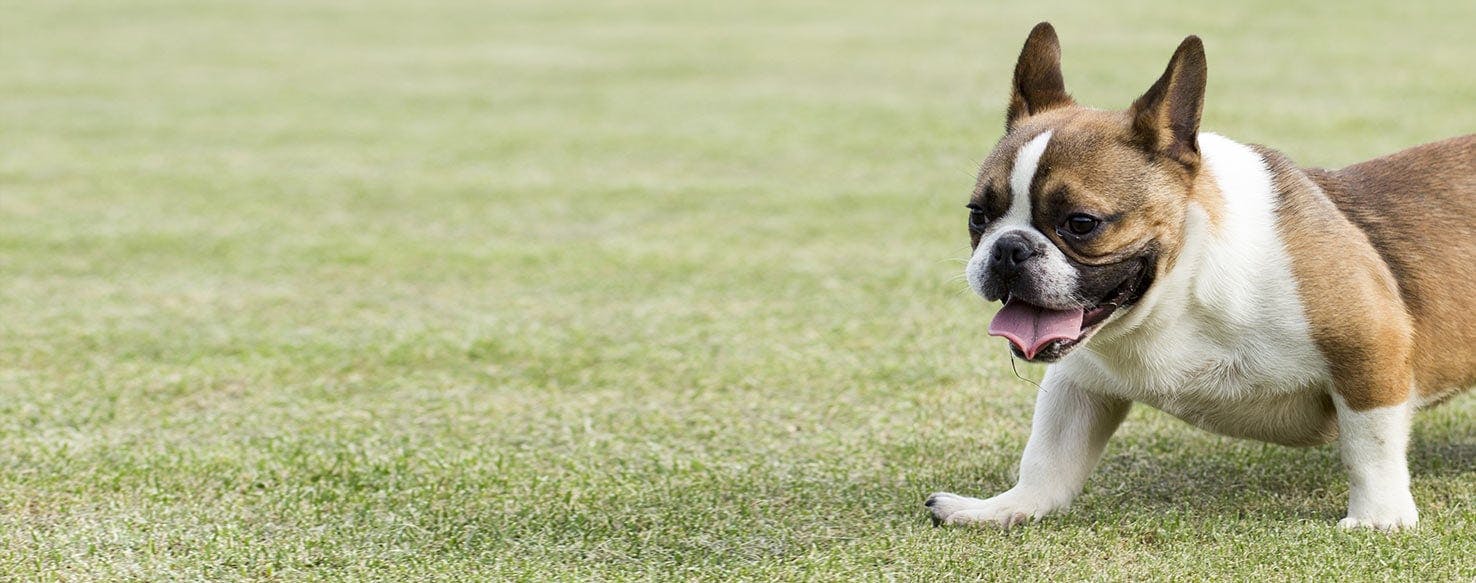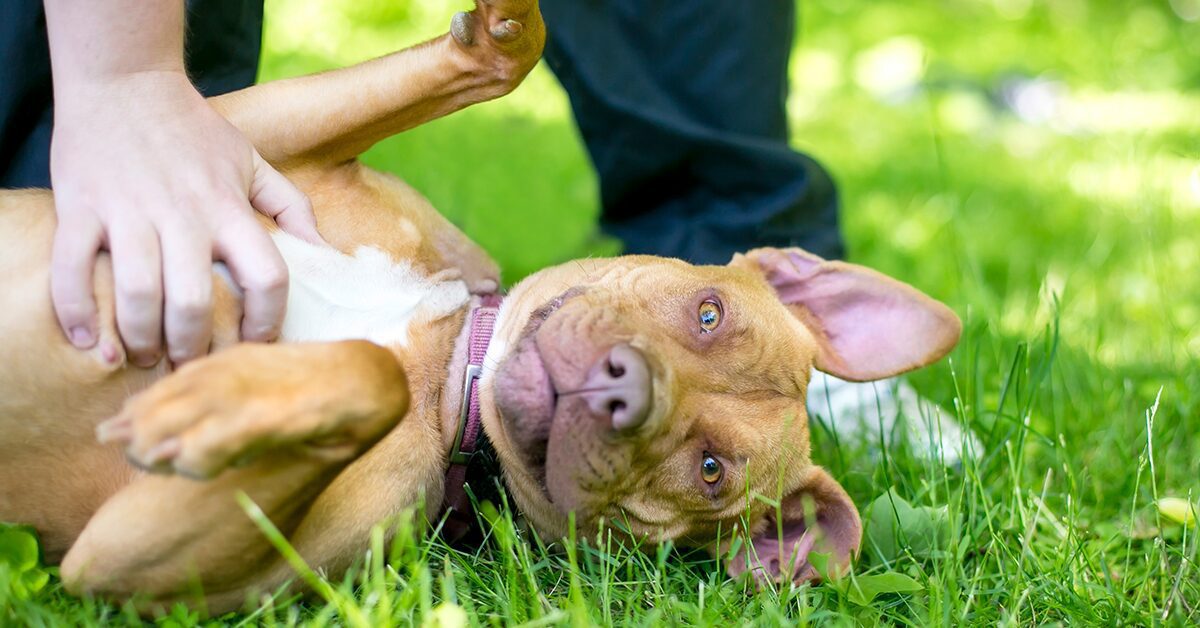Introduction to Dog Reverse Sneeze:
Dog Reverse Sneeze is a common condition that affects dogs, but it can be concerning for pet owners who may not understand what is happening. In this blog post, we will discuss what reverse sneezing is, what causes it, and how it can be treated.

What is Reverse Sneezing?
Reverse sneezing, often referred to as inspiratory paroxysmal respiration, is a condition in which a dog inhales rapidly via the nose while generating a loud honking or snorting noise. This can last anywhere from a few seconds to a minute or two, and it can be quite alarming for pet owners who may not be familiar with the condition.
What Causes Reverse Sneezing in dogs?
Dog reverse sneezing may result from a number of factors, including:
- Irritation of the nasal passages: This can be caused by dust, pollen, or other allergens in the air.
- Infections: Respiratory infections can cause inflammation in the nasal passages, leading to reverse sneezing.
- Nasal tumors: In rare cases, nasal tumors can cause reverse sneezing.
- Brachycephalic breeds: Breeds with short snouts, such as Bulldogs and Pugs, are more prone to reverse sneezing.
- Excitement or agitation: Some dogs may experience reverse sneezing when they get overly excited or agitated.
Why does a dog reverse sneeze?
Reverse sneezing in dogs is because of irritation or inflammation in the nasal passages, which causes the dog to rapidly inhale through the nose, making a loud snorting or honking noise. Some common causes of this irritation and inflammation include:
- Allergens such as dust, pollen, or other irritants in the air
- Respiratory infections
- Nasal tumors (rare)
- Brachycephalic breeds (breeds with short snouts) are more prone to reverse sneezing
- Excitement or agitation can cause some dog reverse sneezing as well.
It is important to note that dog reverse sneezing is generally not a serious condition and does not require treatment in most cases, but if your dog is experiencing reverse sneezing on a regular basis, it is important to consult with your vet to rule out any underlying health issues.
How to stop Dog Reverse Sneeze:
There are several ways to help stop dog reverse sneeze, including:
- Remove irritants: If your dog is experiencing reverse sneezing due to allergens or irritants in the air, try to keep them away from these triggers. Keep the air in your home clean by using air purifiers or vacuuming frequently.
- Treat underlying conditions: If your dog has a respiratory infection or other underlying health issues that are causing the dog reverse sneeze, your vet may prescribe medication or treatment to address the problem.
- Use a humidifier: Dry air can irritate a dog’s nasal passages, causing reverse sneezing. A humidifier can help add moisture to the air and reduce irritation.
- Keep your dog calm: Excitement or agitation can cause some dogs to reverse sneeze. Try to keep your dog calm and relaxed during activities such as grooming or playing.
- Consult your vet: If your dog is experiencing reverse sneezing on a regular basis, it is important to consult with your vet to rule out any underlying health issues and to discuss potential treatment options.
How to stop Dog Reverse Sneeze:
It’s important to note that if your dog is reverse sneezing regularly or the episodes are prolonged, it is best to consult with a veterinarian as it could be a symptom of an underlying health issue.
Should I be worried if the Dog Reverse Sneeze?
In most cases, no, you should not be worried if your dog reverse sneeze. Reverse sneezing is a common and generally harmless condition in dogs, and it is usually caused by irritation or inflammation in the nasal passages.
If your dog is experiencing any of the following symptoms in addition to dog reverse sneezing, it would be best to consult with a veterinarian:
- Difficulty breathing
- Blue gums or tongue
- Loss of consciousness
- High fever
- Loss of appetite
- Weight loss
- Lethargy
- Persistent coughing or sneezing
- Discharge from the nose or eyes
It’s always better to be safe than sorry, and a vet check-up can help you determine if your dog needs any special care or treatment.
How long should reverse sneezing last in dogs?

Is reverse sneezing in dogs permanent?
Dog Reverse Sneeze is generally not a permanent condition.
If a reverse sneeze in dogs is caused by an underlying health issue such as a respiratory infection, treating the underlying condition can help stop the reverse sneezing. In such cases, once the underlying condition is treated, the reverse sneezing will stop as well.

However, in rare cases, if a dog has nasal tumors or other chronic health issues, it may lead to permanent reverse sneezing. In these cases, the reverse sneezing may not be able to be fully eliminated, but it can be managed with medication, treatment, and other supportive care.
What breeds are reverse sneezing prone?
Brachycephalic breeds, which are breeds that have short snouts and flat faces such as Bulldogs, Pugs, Boston Terriers, Shih Tzus, and Boxers are more prone to reverse sneezing.
These breeds have a narrow nasal passage, and the soft palate can be too long and narrow, which can cause irritation and inflammation in the nasal passages, leading to reverse sneezing.
These breeds are also more prone to respiratory issues in general and are more susceptible to the effects of irritants in the air, making them more likely to experience reverse sneezing.
It’s worth noting that while brachycephalic breeds are more prone to reverse sneezing, any breed of dog can experience reverse sneezing. Other breeds may experience reverse sneezing due to exposure to irritants or due to underlying health issues.
Conclusion of Dog Reverse Sneeze:
Dog reverse sneezing can be alarming for pet owners, but it is a common and generally harmless condition in dogs.
If your dog is experiencing reverse sneezing on a regular basis, consult with your vet to rule out any underlying health issues and discuss potential treatment options. With proper care and management, you can help keep your dog healthy and happy.
Related Questions:
What signs does my dog have of having nasal mites?
Symptoms of nasal mites in dogs include snorting, nasal discharge, and sneezing. In advanced cases, the mites can cause the dog’s nasal passages to become inflamed, leading to difficulty breathing.
A veterinarian can diagnose nasal mites by examining the dog’s nasal passages and possibly taking a sample of the discharge for analysis. It is important to consult a veterinarian if you suspect your dog may have nasal mites.
What kills nasal mites in dogs?
Nasal mites in dogs can be treated with medication prescribed by a veterinarian. Ivermectin is a commonly used medication that can effectively kill mites.
In some cases, the veterinarian may also prescribe a topical or oral antibiotic to help prevent secondary bacterial infections. It’s important to follow the veterinarian’s instructions and complete the full course of treatment to ensure that all of the mites are eliminated.
In some cases, the veterinarian may recommend repeating the treatment after 10-14 days to ensure all mites are eliminated.
How do indoor dogs get mites?
Indoor dogs can get mites from various sources, including:
- Coming into contact with other infected animals: If an infected animal (such as another dog or cat) comes into close contact with your dog, they can transfer mites to them.
- Contact with contaminated surfaces: Mites can survive on surfaces such as bedding, carpets, and furniture, so if your dog comes into contact with these surfaces that have been contaminated with mites, they can become infected.
- Exposure to wild animals: Mites can be found in wild animals such as raccoons, skunks, and foxes, so if your indoor dog comes into contact with these animals or their environment, they can become infected.
- Unsanitary living conditions: Mites can thrive in dirty and unsanitary living conditions, so if your dog is living in an environment that is not well-maintained, it may be at a higher risk of getting mites.
It’s important to practice good hygiene and sanitation to prevent mites and to take your dog to the vet if you suspect they may have mites.
Do nasal mites hurt dogs?



